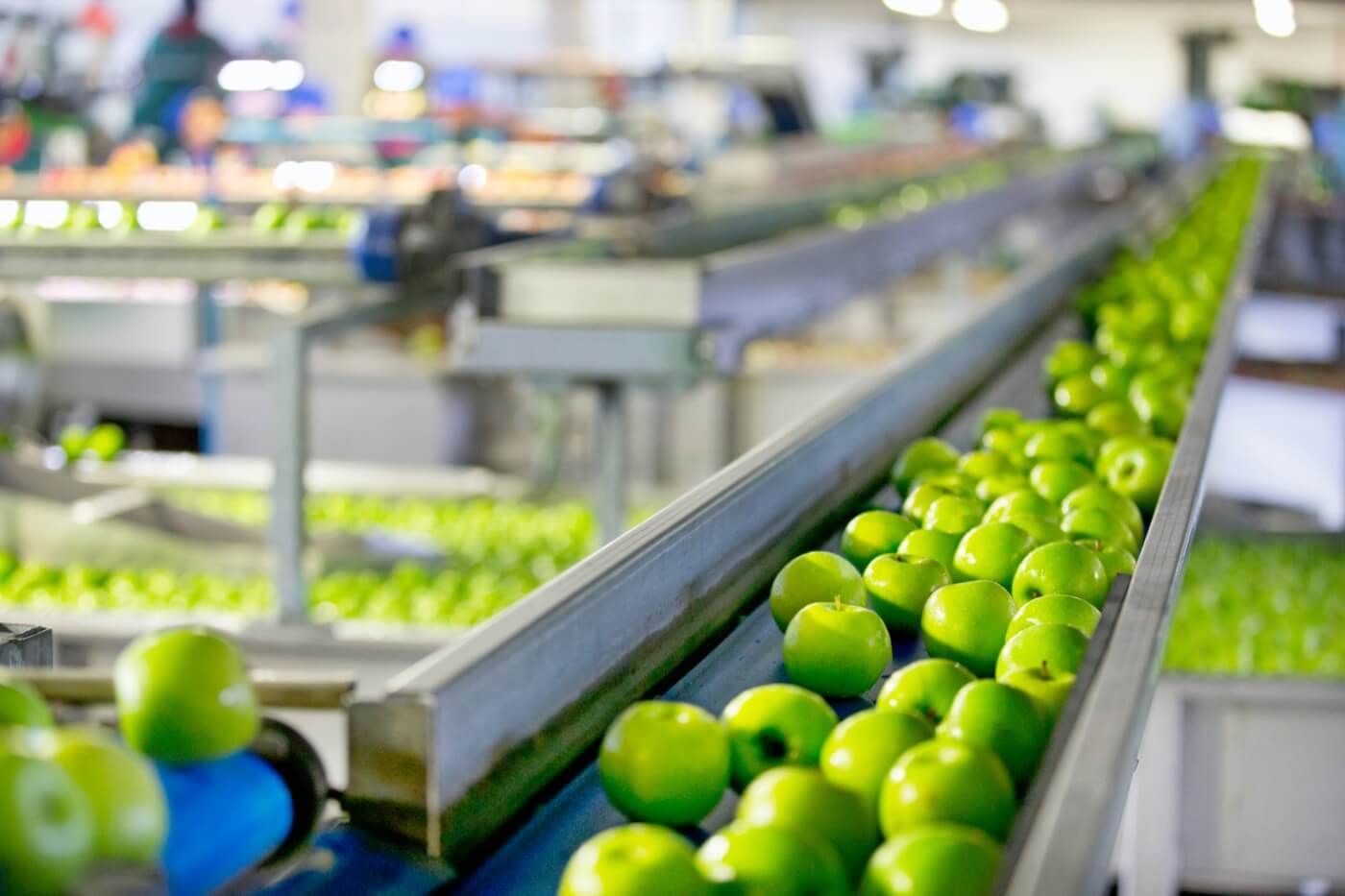On its way to establishing a Single EU VAT Area by 2022 (at the earliest), the EU has issued four VAT Quick Fixes that EU members need to implement by the end of this year. As the measures may have serious implications for your VAT administration, we have outlined the most urgent actions to be taken below. Are you prepared to do some self-examination whether you are ready and perform precision surgery if needed?
VAT Quick Fixes
The Quick Fixes that are all aimed at simplifying international trade regarding VAT are (in random order):
- Conditions for applying the (Dutch) zero rate to intra-Community supplies;
- Proof of IC transport of goods;
- Transactions related to call-off stock;
- Application of the (Dutch) zero rate to a specific supply in EU cross border chain transactions.
Re 1: ‘VIES’ validation
In order to successfully apply the VAT zero rate for inter-EU cross border transactions, the supplier is required to mention a valid VAT number of the purchaser on his invoice. The obligation to draw up an EC Sales List periodically is another prerequisite as of 1 January 2020.
Intervention: Validation of the VAT numbers of your customers using VIES (VAT Information Exchange System) and examine whether your current ERP-system contributes to be ‘in control’ and determine possibilities /alternatives. We expect that companies might underestimate the amount of work to achieve this, please check our post on (Bulk) VIES validation.
Re 2: ‘Safe harbour rule’
In addition to the existing rules for demonstrating the applicability of the VAT zero rate, a so-called ‘safe harbour rule’ will be introduced. If the presumption of transport can be demonstrated by at least two independent documents, the 0%-rate/exemption should be applicable.
Intervention : Valuation of the current available documentation concerning cross-border transport of goods. Review of the current process of gathering the required documentation and assess whether these are sufficient to demonstrate the applicability of the (Dutch) zero rate to intra-Community supplies. For more detailed information on what ‘independent documents’ means, please read the blog by our partner E&Y.
Re 3: ‘ Call-off stock’
This measure relates to cross-border transactions where the supplier transfers goods to a stock location in another EU Member State for a known intended purchaser, without transferring the ownership of the goods at that time. As part of the new rules, goods should be supplied (called-off) after arrival within 12 months. In addition, the transport must be recorded in a register by the supplier while the identity and valid VAT number of the intended acquirer must be mentioned in the EC Sales List of the supplier.
Intervention: Review current supply chains to ensure that the business is ready to report call-off stock arrangements in the relevant registers. Check if this obligation can be directly implemented into the tax determination rules of your ERP-system. Consider whether relevant exceptions (that could lead to a local VAT registration obligation) apply in your situation and – if possible/preferred – change set-up/contracts.
Re 4: ‘Parties in the middle’
This new rule is primarily issued to unify and simplify the determination in the EU which supply qualifies as an IC supply when the transport is done by or on behalf of parties ‘in the middle’ of the chain. As a basic rule, the IC transaction will be assigned to the supply that is made to the intermediary operator and the delivery transaction will be deemed a local transaction for VAT. However, if a (transport) party in the middle has provided the supplier with the VAT number issued by the Member State of dispatch of the goods, the IC transaction will be assigned to the supply by the intermediary operator instead and the first transport from the supplier will be deemed a local supply from a VAT perspective. For a graphical representation of the consequence of this Fix, please also see the blog by our partner EY.
Intervention: Determining whether you are currently part of chain transactions in which the transport of the goods is not performed by or on account of the first supplier. In that case, we would highly recommend assessing the impact of these changes.
In case you need some help in performing your share of self-surgery to implement the VAT Quick Fixes, be sure to contact us.



